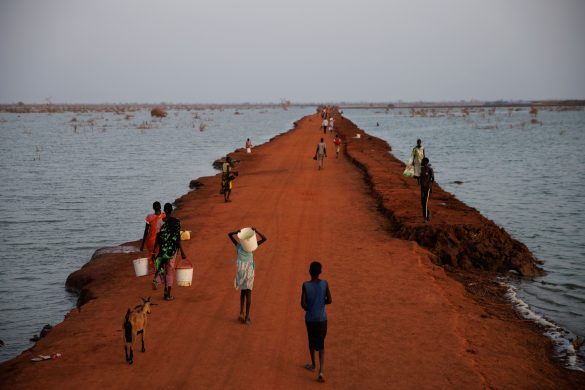The cost of war – Kandahar, Afghanistan
KANDAHAR, 26 May 2010 (IRIN): Sayed Bibi is only 12 years old but she has travelled more than 70 dangerous kilometres by bus from the district of Marjah to bring her tiny nephew, Mohammed, to the therapeutic feeding unit at Mirwais Hospital in Kandahar city, capital of Kandahar Province in southern Afghanistan.
– I brought him here because he is very thin, she said, cradling him in her arms. – He is the son of my brother – his mother is having another baby again soon, so she could not bring him, explained she.
Other tiny children lie on the beds because most are too weak to stand, while their burka-clad mothers try to feed them.
Mirwais, the regional referral facility, has the largest therapeutic feeding unit in southern Afghanistan and every year receives over three hundred children, usually between 6 months and 29 months old. The unit is supported by the UN Children’s Fund (UNICEF) and run by the International Committee of the Red Cross (ICRC).
– Food security challenges due to the economic instability, insecurity, displacement, lack of access to health services and safe water, increased burden of infectious diseases, inadequate feeding practices, are all factors contributing to the problem of malnutrition in young children in Kandahar Province, said Adriana Zarrelli, UNICEF Afghanistan chief of Health and Nutrition.
The Taliban has stepped up its offensive in recent months and security in Kandahar has deteriorated. Taliban insurgents have reportedly taken control of swathes of Kandahar Province, and the insurgency has affected the functioning of schools and health facilities. Five people were injured in a bomb blast in Kandahar in mid-May.
The UN has temporarily withdrawn most of its international staff from Kandahar city and around 250 local staff are working from home or coming to their workplace when they can.
Læs videre på http://www.IRINnews.org/Report.aspx?ReportId=89256














